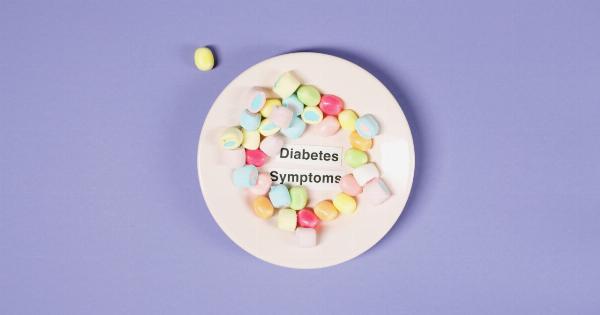Thrombosis is the formation of a blood clot within a blood vessel, obstructing the flow of blood through the circulatory system.
These blood clots can develop in an artery or vein, and can lead to serious health complications such as heart attack or stroke. Understanding the risk factors for thrombosis can help to prevent the formation of blood clots and reduce the likelihood of health complications.
1. Immobility
Immobility, or prolonged periods of sitting or lying down, is a top risk factor for thrombosis. When the body is immobile, blood flow can become slow and stagnant, increasing the likelihood of blood clots.
This risk is amplified during long plane flights, hospitalization, and recovery from surgery. Additionally, individuals who have limited mobility due to paralysis or other mobility-restricting conditions are at an increased risk of developing blood clots.
2. Age
As individuals age, the risk of thrombosis increases. According to a study from the University of Michigan, the risk of developing a blood clot doubles for every decade of life after age 50.
This increased risk is due to a variety of factors including decreased physical activity, hormonal changes, and an increased likelihood of underlying medical conditions.
3. Family History and Genetics
Individuals with a family history of thrombosis or inherited blood clotting disorders such as Factor V Leiden are at an increased risk of developing blood clots.
These genetic factors can cause the blood to clot more easily than normal, leading to a higher likelihood of thrombosis.
4. Existing Medical Conditions
Individuals with existing medical conditions such as cancer, heart disease, and autoimmune disorders are at an increased risk of thrombosis. Additionally, individuals who have undergone surgery or suffered an injury are also at an increased risk.
This is due to a variety of factors including inflammation, damage to blood vessels, and changes in blood composition.
5. Lifestyle Factors
Lifestyle factors such as smoking, alcohol consumption, and obesity can increase the risk of thrombosis.
Smoking and alcohol consumption can damage blood vessels and increase inflammation, while obesity can lead to increased inflammation and impaired blood flow.
Understanding the risk factors for thrombosis is crucial in preventing the formation of blood clots and reducing the likelihood of health complications.
Individuals who are at an increased risk should take steps to improve their overall health, including increasing physical activity, maintaining a healthy weight, and quitting smoking.





























